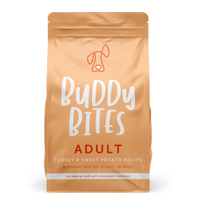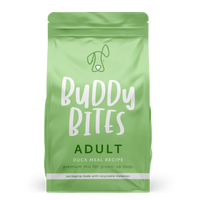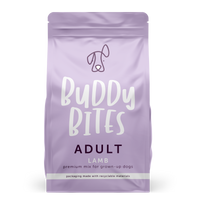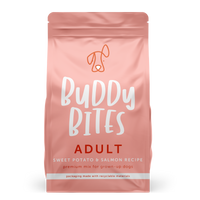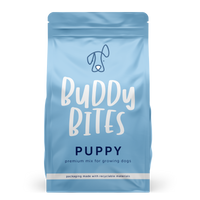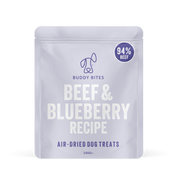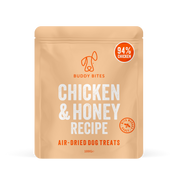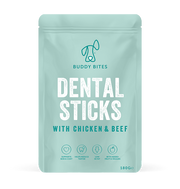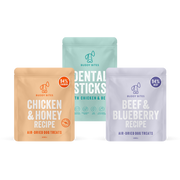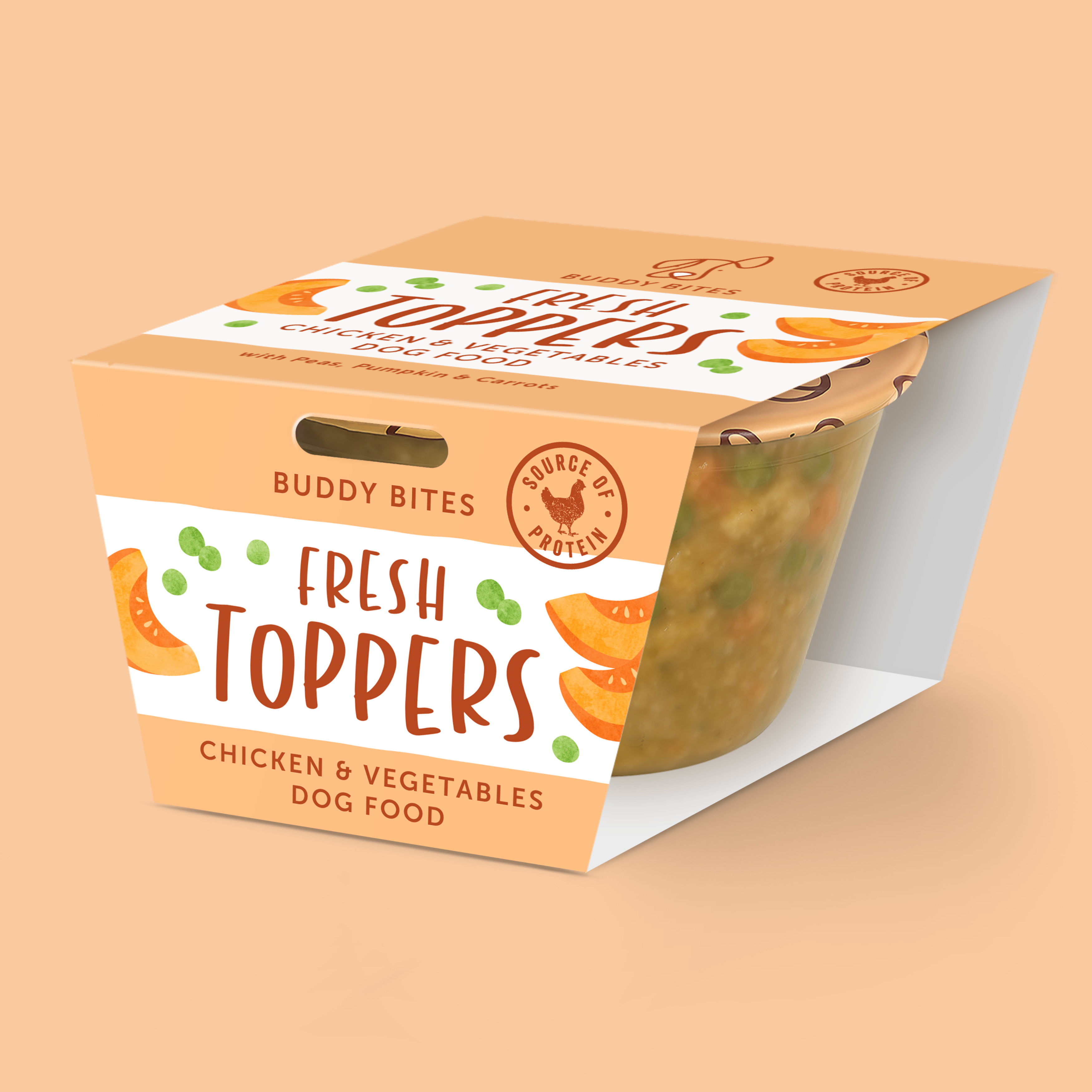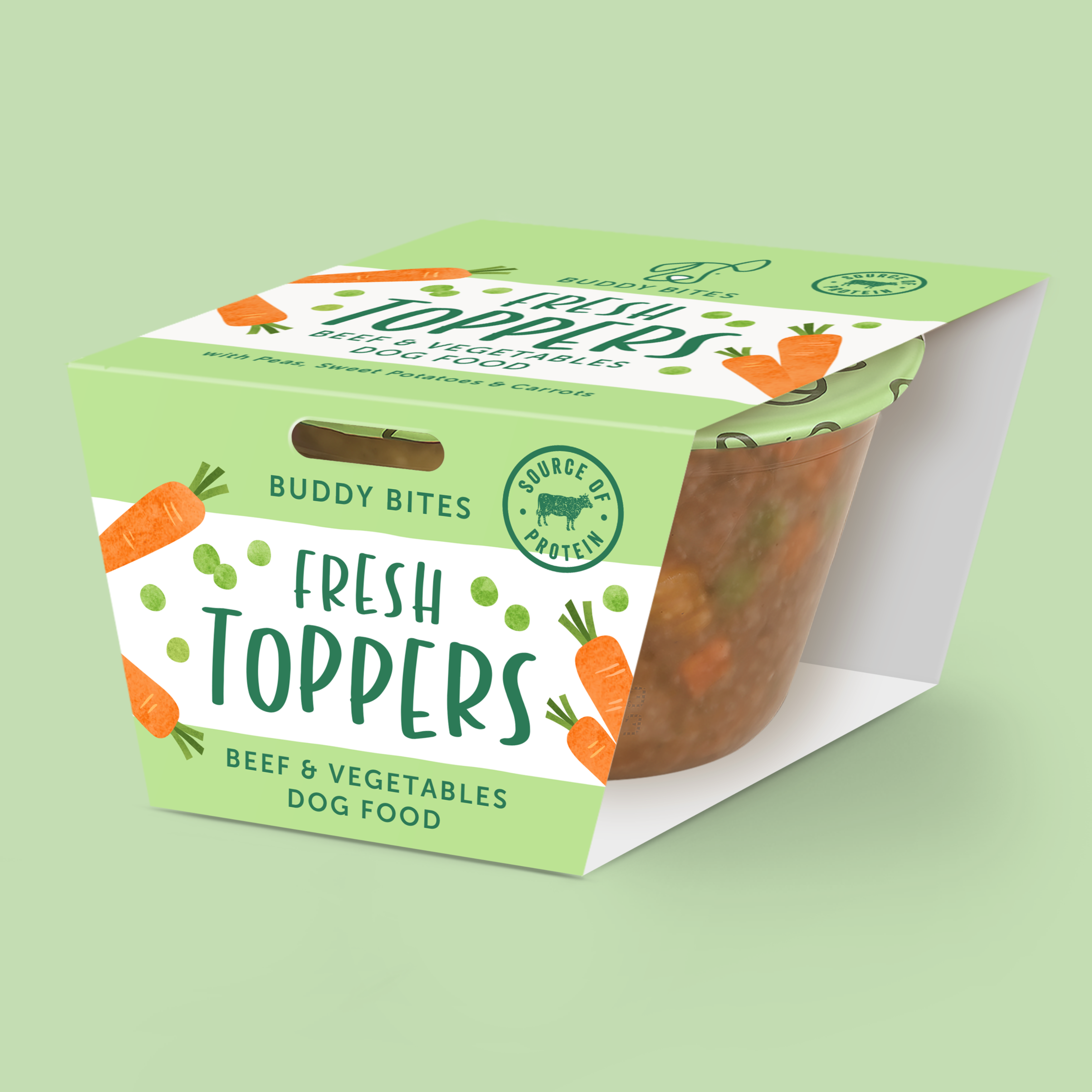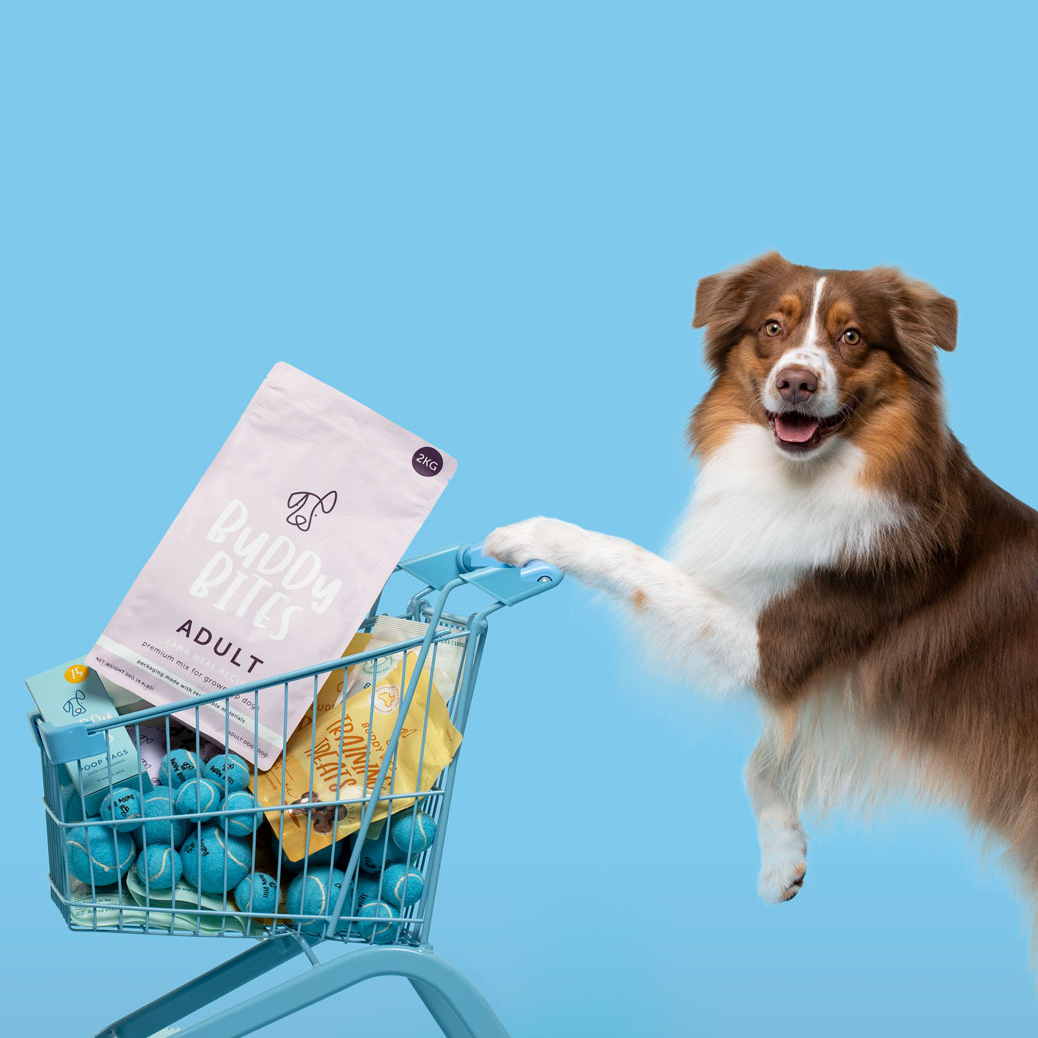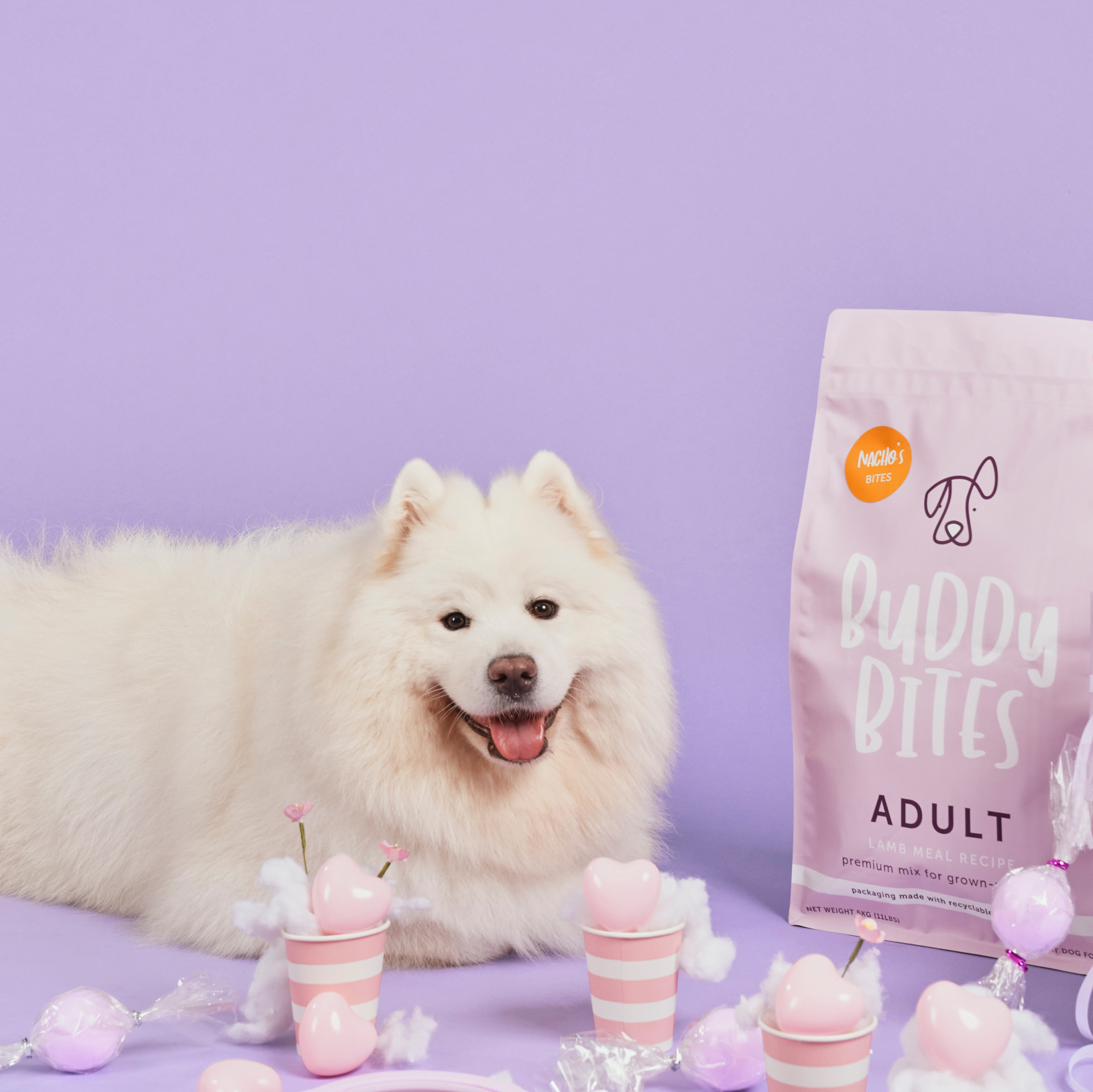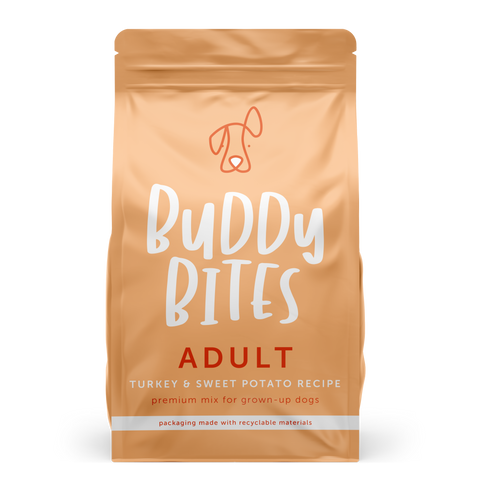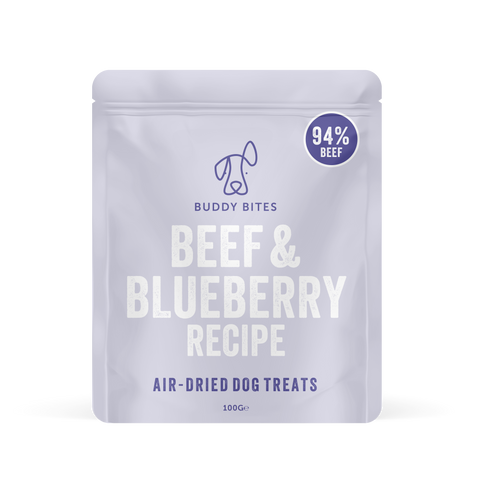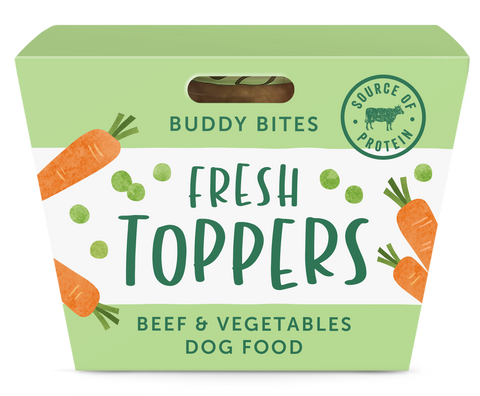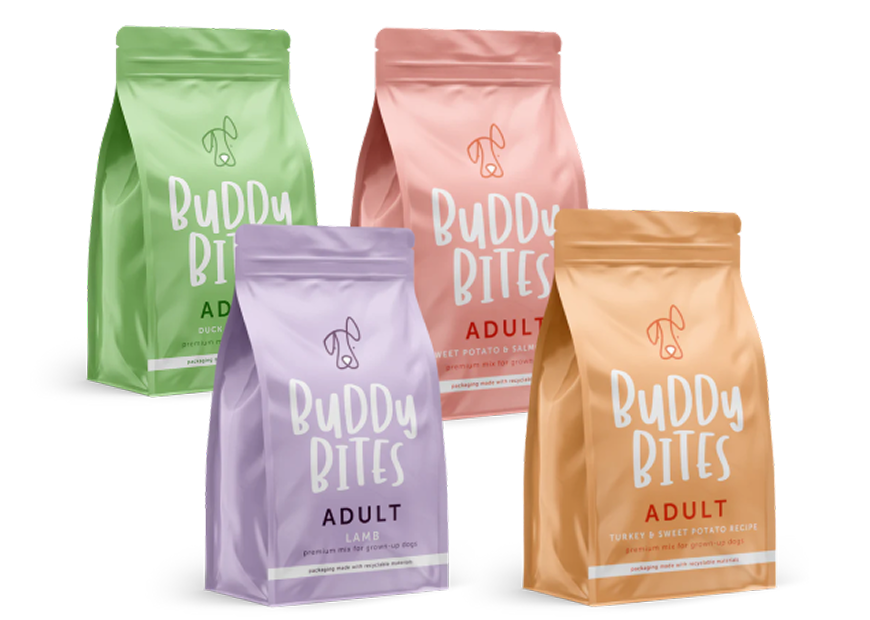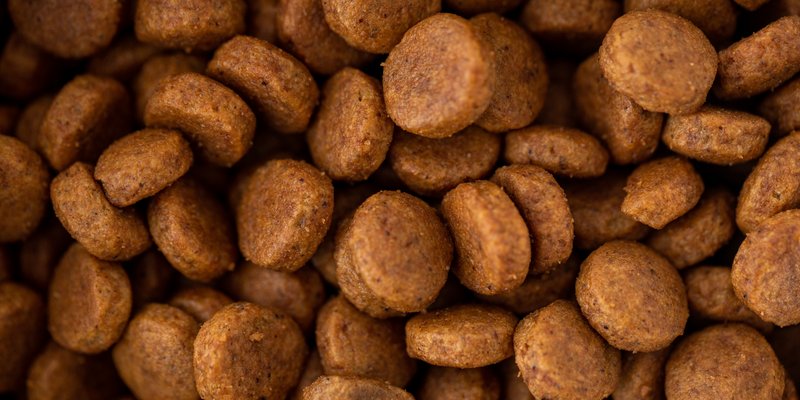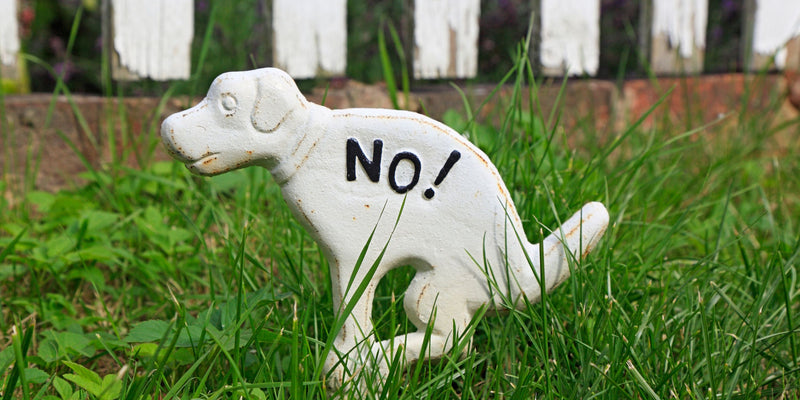When and How Should I feed my dog?
April 30, 2022
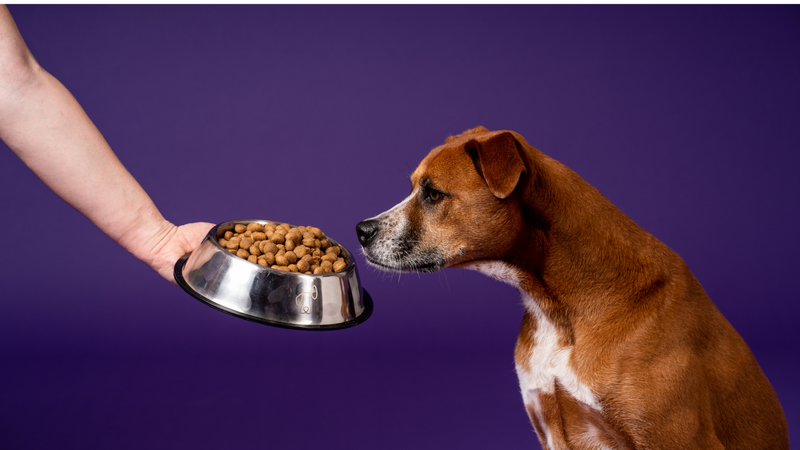
Much like us humans, all dogs have different eating needs. Activity levels, metabolism, your own schedule amongst other things can significantly affect what, when and how much to feed your dog. Whilst the feeding guides on the back of Buddy Bites packaging are a great reference point to go off, we wanted to provide a little bit more insight for you all. As ever, do please consult your vet if you have any specific questions, or issues with your pet’s eating habits.
First and foremost, as a general rule of thumb, it is suggested that puppies should consume three meals a day up until the age of 6 months. With fully grown dogs however, two meals a day is recommended. Depending on your schedule, always try to space meals out relatively consistently and evenly. Most of our office go with 8am and 6.30pm feeding times, but this will depend heavily on your work schedule. To be honest, the Buddy Bites team dogs are usually in the office with us anyway.
Should my dog eat the same thing for both meals:
We often get the question of asking to mix both Buddy Bites Lamb and Buddy Bites Duck (not to mention Salmon coming soon- excuse the shameless plug), however we would advise that if you are going to mix and match recipes, to do so on a day by day or week by week basis. This mitigates confusion for vets if there are any medical issues. As they can be confident in the dogs diet that day. It is also important to ensure that the food your dog is eating is classified as a ‘complete food’ rather than a ‘complementary food’.
It is relatively common knowledge now to ensure any new diet introduced, be done so over a number of days to ensure your pup avoids an upset stomach, and Buddy Bites poo bags have something to grab hold of (these plugs are a bit much aren’t they).

Do active dogs eat more?
Chris, you may have recently seen, did 1800 burpees for charity. He regretted it after around 100, but was later pleased eating two back to back Dough Bro’s Pizza guilt free. Now we are not saying your dog should do burpees or eat pizza, but much like humans, calorie content needed is a factor of metabolic energy output. The more energy burned, the more calories needed, so indeed, more active dogs do need to consume more. If you have a particularly lazy or active pup, there is no harm in having a quick chat with your vet.
David vs Goliath:
It is pretty common knowledge that larger dogs need more calories than smaller dogs. We won’t touch on this too much as it is highlighted on the feeding guidelines on the back of our packaging, such as below.

Mood Swings or Food Swings:
You may find that your dog’s appetite is not the same from day to day. This is simply a product of behavioural or lifestyle changes. The most obvious factor would be if they have been particularly active. Perhaps after a hike or a long day at the dog park your dog may have a larger appetite. What is less obvious is that some behavioural factors can also affect appetites. As an example if a family member is away, appetites may be higher or lower. Think tub of ice cream post breakup watching Marley & Me. The most important factor is that your dog’s appetite over time is consistent so that they are getting ample nutrients.
Flexitime:
More common in this modern world we live in, is a hybrid working set up, which might result in wanting to tweak feeding times throughout the week. Minor changes can be okay, but try to keep it within a consistent window of time. We do not advise significantly changing feeding times as uncertainty with when food is arriving can result in anxious overeating. Just let them know that your Buddy Bites subscription ensures you will never run out, so there is no need to worry. Okay I swear that’s the last plug.
How many treats is too many treats?
As mentioned earlier, keep an eye out for the terms ‘complete food’ and ‘complimentary food’. The majority of high quality dry foods provide a complete diet for dogs. This in short means that all essential nutrients needed for a dog to live a healthy life are included within the recipe. With this in mind it is good to be aware that treats are therefore additional and should be consumed in moderation. As ever just keep an eye on your dog’s weight and if there is any significant fluctuation, please do see your vet.

It’s pretty clear that much like humans, not all dogs are the same. The key is to be consistent and ensure your dog is getting all of the nutrients they need to lead a healthy life. If you ever have any questions, please feel free to drop us a line and we can consult our vets. Alternatively if you want to skip us out and go straight to your vet, we won’t be offended. Happy Sunday Buddy Biters!
